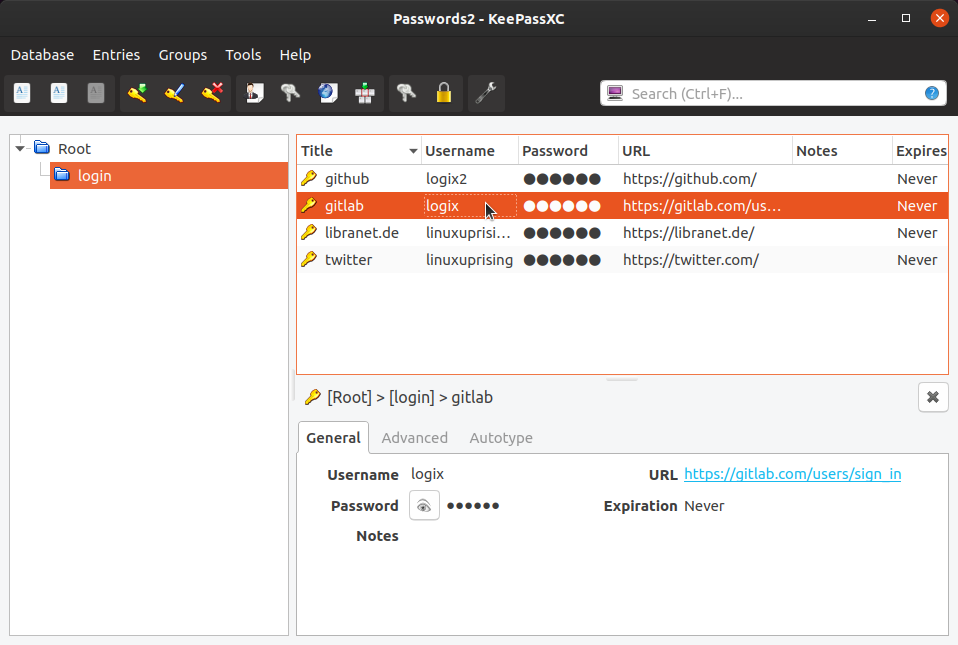

- #Keepassxc browser integration how to
- #Keepassxc browser integration install
- #Keepassxc browser integration generator
The database file will be saved to the file system. As additional protection you can choose a key file (remember: you must always have it available otherwise you cannot open the wallet) and / or a YubiKey hardware key.

#Keepassxc browser integration install
Sudo dnf install keepassxc Creating your wallet Unfortunately the integration with the browser does not work with the application running in the sandbox, so I suggest to install the program via dnf: The program is available both in the standard Fedora repository and in the Flathub repository.
#Keepassxc browser integration generator
It also has a valid password generator that helps the user to correctly manage his credentials. In addition to the passwords, KeePassXC allows you to save various information and attachments in the encrypted wallet. It saves the secrets in an encrypted database with AES algorithm using 256 bit key, this makes it reasonably safe to save the database in a cloud drive storage such as pCloud or Dropbox. KeePassXC is an open source cross platform password manager: its development started as a fork of KeePassX, a good product but with a not very active development. No server-side technology expertise is required and can therefore be used by any type of user. The main advantage of this type of password management is simplicity. In this article we will talk about KeePassXC, a simple multi-platform open source software that uses a local file as a database. These tools are very interesting and suitable for a cloud installation.
#Keepassxc browser integration how to
– what is a keyring and how to work with it What is: Linux keyring, gnome-keyring, Secret Service, and D-Bus.– how to work with the ssh-agent, a bit about its integration with KeePass to store SSH keys passwords – and got to know that Chromium stores passwords in an “unencrypted way” – I found that a keyring service is able to store SSH keys passwords Linux: the Nextcloud client, qtkeychain and the “The name was not provided by any.So, this seems to be the last one post in the whole series about passwords and SSH management in Linux.A previous article discussed password management tools that use server-side technology.

Chromium: Linux, keyrings & Secret Service, passwords encryption and store.– and a couple of words about KeePass integration as a Secret Service Keepassxc ssh agent how to# Sign_and_send_pubkey: signing failed: agent refused operation.KeePass and ssh-agent for SSH keys passwords.KeePass and a browser’s passwords – KeePassXC-Browser.and will enable Secret Service integration to use KeePass as keyring storage for Linux.will integrate the ssh-agent with KeePass to store RSA keys passwords.a browser integration to store passwords in the KeePass instead of the Chromium’s own SQLite database.In this post we will configure KeePassXC for: – and finally sorted out – is it true, that Chromium stores sensitive data in a plaintext?Īctually, knowing all of this we can grab them all together and configure normal secrets management on a work laptop with Arch Linux and Openbox DE.


 0 kommentar(er)
0 kommentar(er)
